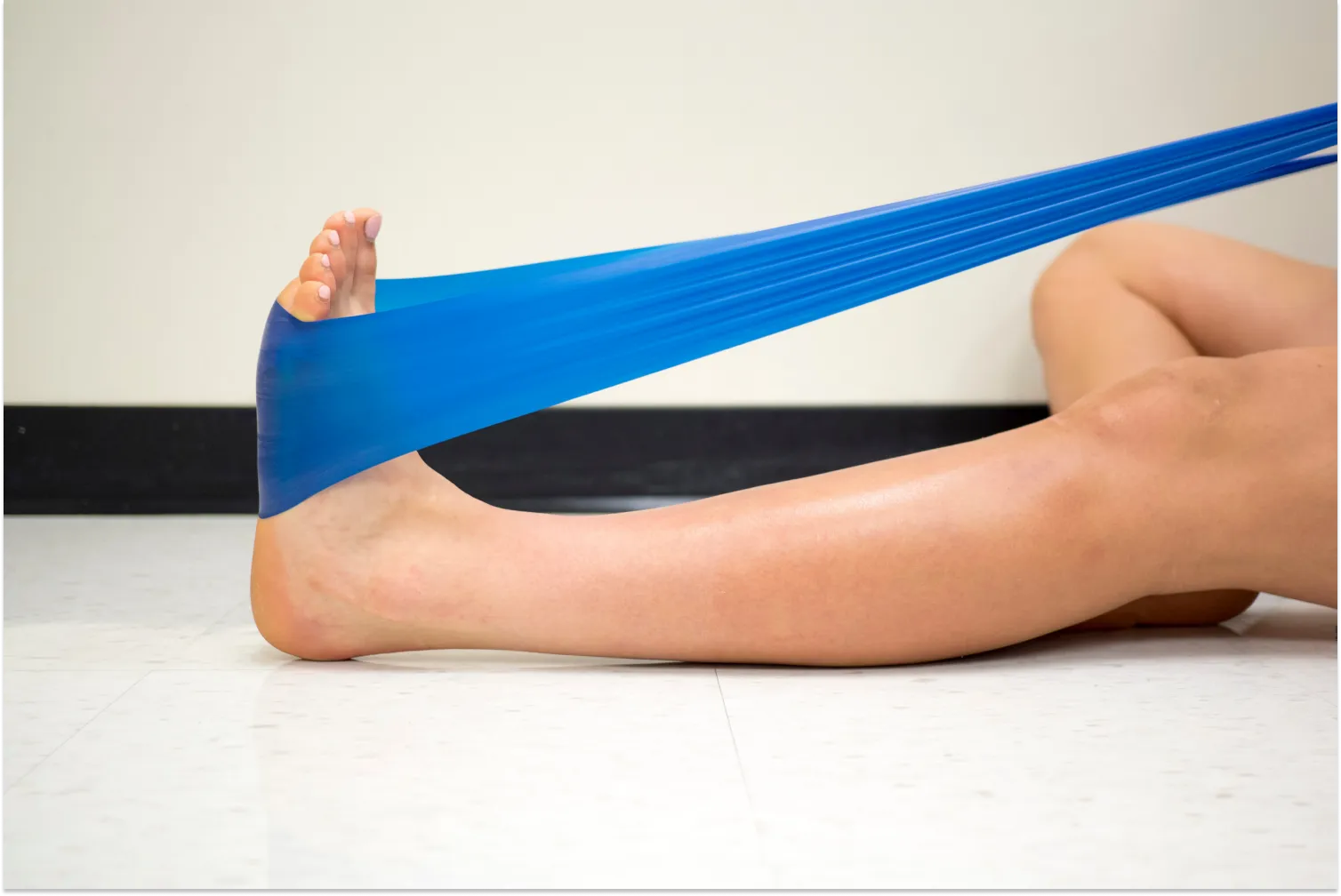The ubiquitous use of keyboards in modern life has brought about an unforeseen consequence: typing-related injuries. As our reliance on computers grows, understanding the risks associated with repetitive keyboard use becomes crucial.
This article looks at common typing injuries, providing insights into their nature, prevalence, and preventive measures without endorsing specific products.
What Are Repetitive Strain Injuries?
Repetitive Strain Injuries (RSIs) encompass a spectrum of painful conditions arising from prolonged and repetitive activities, with typing being a prime contributor. Carpal Tunnel Syndrome, Trigger Finger, tendinitis, and De Quervain's Tenosynovitis are among the common manifestations.
These common injuries stem from the continuous performance of repetitive motions, particularly prevalent among computer users. RSIs affect various body parts, including ligaments and the median nerve.
Typists, programmers, and other professionals engaging in prolonged, repetitive tasks are at heightened risk. Recognizing the symptoms of RSIs is paramount.
Symptoms often include soreness, stiffness, and discomfort in the affected areas. Poor posture during typing sessions exacerbates the risk, emphasizing the need for ergonomic practices.
As these injuries often develop gradually, early detection is challenging. Practicing good posture, taking frequent breaks, and incorporating physiotherapy exercises can mitigate the impact of RSIs. Beyond the physical toll, addressing the psychological impact of these injuries is vital to adopt a holistic approach to wellness.
What Happens Anatomically During Typing-Related Injuries?
To comprehend the complexities of typing-related injuries, it is crucial to delve into the intricate anatomy affected by repetitive strain. Ligaments bear the brunt of continuous typing, leading to strain and overuse injuries.
The wrist, hand, and fingers, intricately connected by ligaments, become susceptible to inflammation and discomfort. A focal point of concern is the median nerve, which is responsible for sensations in the hand.
The relentless repetition of typing motions can lead to compression, manifesting as conditions like carpal tunnel syndrome. This compression not only induces pain and numbness but also hampers the overall functionality of the hand.
Moreover, overuse injuries extend beyond the immediate areas of typing. Prolonged and repetitive tasks contribute to poor posture, affecting the entire musculoskeletal system. Tension and strain radiate to the shoulders, neck, and even the eyes. The interconnected nature of the human body means that typing injuries can have far-reaching consequences.
Recognizing the affected areas is pivotal for both understanding and prevention. Ligaments, when strained, lose their flexibility, compromising joint movement and stability. This compromised state opens the gateway to a cascade of issues, from tendonitis to bursitis, amplifying the impact of typing-related injuries.
As individuals spend extended periods engaged in repetitive tasks, the cumulative stress on ligaments and surrounding structures intensifies. Typists, programmers, and professionals alike must be cognizant of the potential consequences of their work habits.
In the subsequent sections, we will explore risk factors, preventive strategies, and treatment approaches to mitigate the adverse effects of typing-related injuries. Looking at the anatomy involved in this type of injury lays the foundation for a comprehensive understanding that empowers individuals to foster a healthier and more sustainable approach to typing and computer use.
What Are the Risk Factors for Typing Injuries?
Understanding the risk factors associated with typing-related injuries is pivotal for effective prevention. Prolonged periods of typing, especially without adequate breaks, elevate the risk significantly.
The repetitiveness of tasks without breaks leads to increased strain on ligaments and an elevated likelihood of developing musculoskeletal issues. Individuals who spend extensive hours at their keyboards are particularly susceptible, making awareness of these risk factors paramount.
Maintaining poor posture during prolonged typing sessions exacerbates the strain on ligaments, contributing to the development of various musculoskeletal problems. The misalignment caused by poor posture impacts the immediate areas of typing and radiates stress to the shoulders, neck, and spine.
How Can You Prevent Typing Injuries?
Ergonomic interventions play a crucial role in mitigating these risks. Ensuring proper eye level alignment and utilizing wrist rests can substantially reduce strain on the ligaments and surrounding structures.
Creating an ergonomic workspace is not only about comfort but also a proactive measure in preventing the onset of repetitive strain injuries (RSIs). Incorporating regular breaks into the work routine is also a fundamental strategy.
Breaks allow for the release of tension, preventing the cumulative stress that leads to overuse injuries. Coupled with stretching exercises that target the affected areas, these breaks become a powerful tool in fostering good posture and mitigating the adverse effects of prolonged typing.
You can also adopt practices such as adjusting chair height, using proper keyboard techniques and maintaining a neutral wrist position to further alleviate strain. Other products, like an Incrediwear Wrist Sleeve, may also help soothe any discomfort that comes with typing for long periods of time.
What Are Holistic Treatment Approaches for Typing Injuries?
When typing injuries occur, a multi-faceted approach to treatment is imperative. Physical therapy is a key player in rehabilitating strained ligaments and addressing muscular imbalances.
Anti-inflammatory measures, including over-the-counter medications and, in severe cases, steroid injections, can alleviate pain and inflammation. Implementing ergonomic changes, such as using a headset, proves beneficial in reducing strain.
Wellness strategies like regular exercise and maintaining good posture are also integral components of the recovery process.
Wrapping Up
Acknowledging the risks posed by repetitive stress injuries is a pivotal step toward fostering a healthier and sustainable work environment. Individuals can proactively implement preventative measures by understanding the complexities of repetitive strain and overuse.
Ergonomic interventions, regular breaks from repetitive movements, helpful products, and putting conscious effort into maintaining good posture contribute to a robust defense against these injuries.
Embracing a holistic approach that encompasses awareness, preventative strategies, and treatment options, when necessary, ensures a workspace that prioritizes immediate productivity and the long-term well-being of individuals engaged in repetitive typing tasks.
Links:
A prospective study of carpal tunnel syndrome: workplace and individual risk factors | NIH
Trigger Finger - StatPearls | NCBI Bookshelf
Treatment of Tendinopathy: What Works, What Does Not, and What is on the Horizon | NIH
De Quervain’s Disease: A Discourse on Etiology, Diagnosis, and Treatment | NIH
Read more

Medically Reviewed By | Johannah Gregg, DNP FNP-C Every step we take is a testament to our body's incredible design, with our ankles playing a pivotal role in ensuring movement without discomfort. ...

After a round of golf, muscle soreness is a familiar occurrence, impacting players of all skill levels. Understanding the nuances of this soreness is crucial for avid golfers seeking to enhance the...






Leave a comment
All comments are moderated before being published.
This site is protected by hCaptcha and the hCaptcha Privacy Policy and Terms of Service apply.